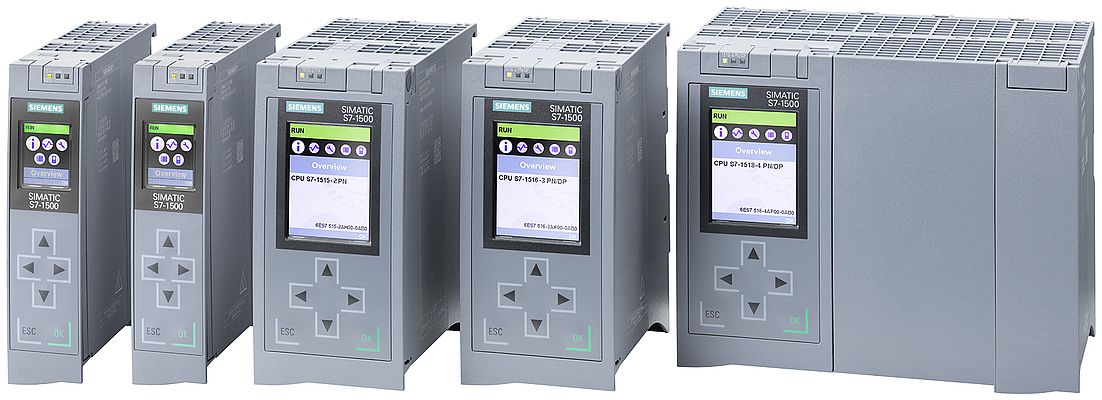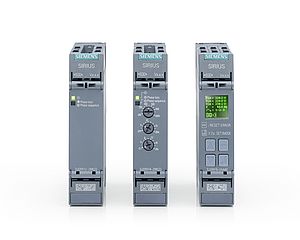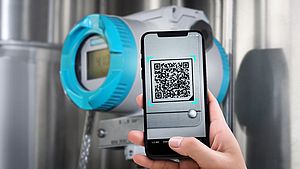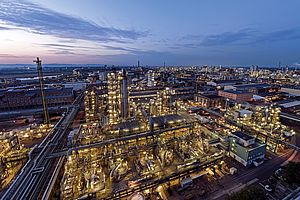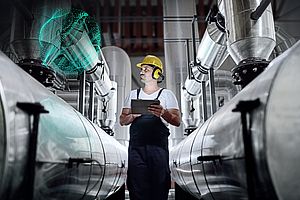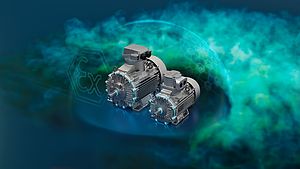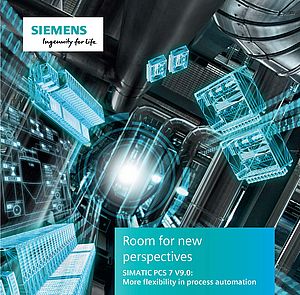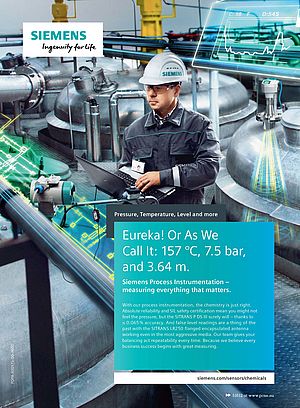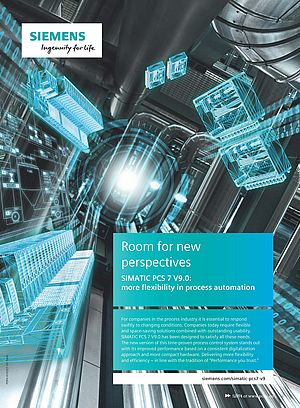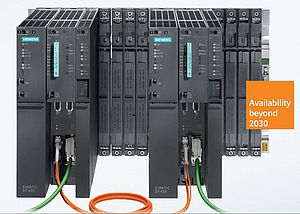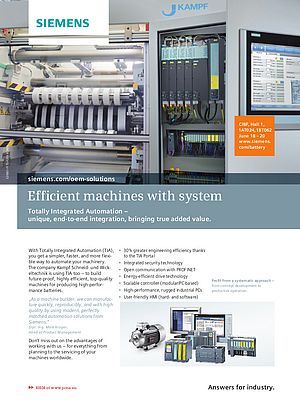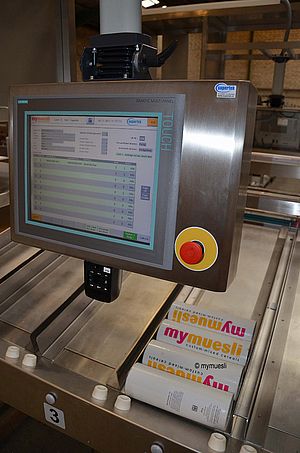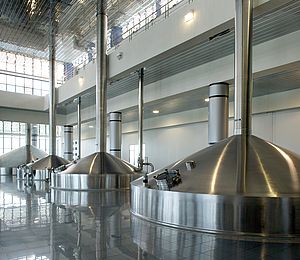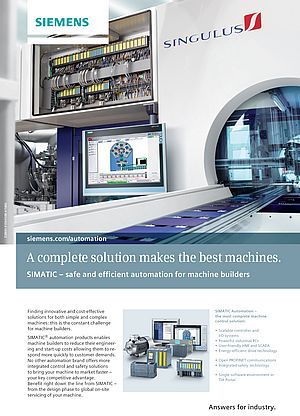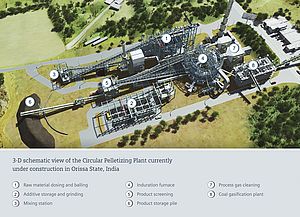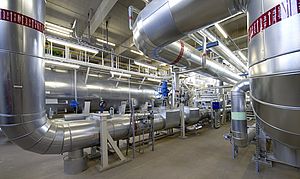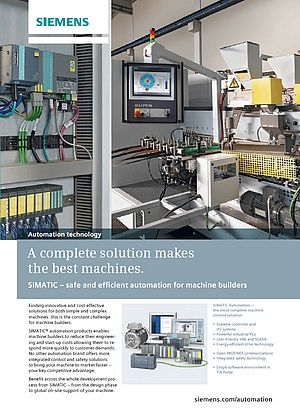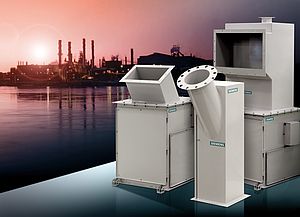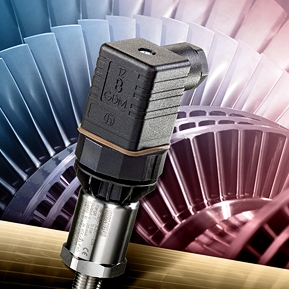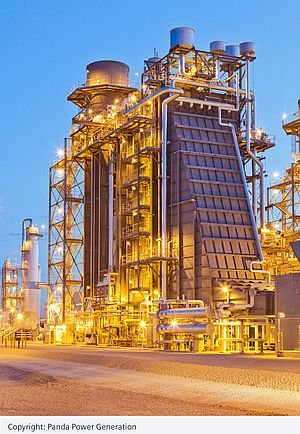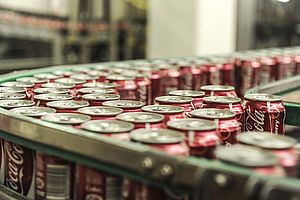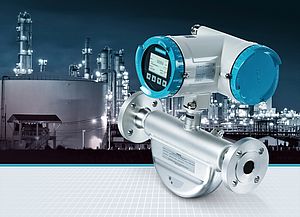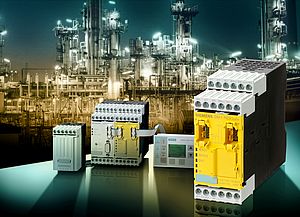You have just purchased a new house. After choosing the building lot, the house model, and interior layout, it’s now time to decide on the exterior appearance. Do you go with natural stone—river rock, perhaps, or granite? Or how about something different—something less expensive, easier to work with, all while giving the same look as natural stone? An Ohio-based company designs and manufactures a wide range of products for the building industry—including artfully crafted, long-lasting manufactured stone. Their operations are centered on values of sustainability and continuous improvement, both of which are supported by Siemens automation and process instrumentation.
Making light work of home construction
To clad an average three-bedroom house in natural river rock, you’re looking at somewhere around 56 tons of rock. Fifty-six tons that need to be extracted from their natural environment, transported to your new house, and supported with an assortment of reinforcing techniques. Can you hear the costs piling up alongside those rocks? Manufactured stone, on the other hand, is a concrete product that’s expertly dyed and then molded. It’s also only a few inches thick – yet looks just like a variety of natural stones, from river rock to limestone to fieldstone. And the cost savings? Generally speaking, installed manufactured stone cladding on a house can cost approximately one third to half the cost of natural.
If the Romans could see us now!
Concrete is certainly not a new product – the Romans built their empire using ash from Mount Vesuvius for cement – but the technology is constantly evolving. There are always new processes, new chemistries, and fresh ideas in instrumentation and control that pave the way for new concrete products and processes.
Some of the basics are still the backbone of concrete production. Mix cement, coarse and fine aggregates, and water, and you will get concrete – but without the tight controls, new chemistries, and improved mixing and handling methods, the high-performance materials of today would not be possible. These new concretes are providing opportunities for products and processes that were unfathomable just a few years ago.
High tech in Amish country
Located in the heart of the country’s largest Amish population, this company’s old-world craftsmanship is remarkably high tech. Take the company’s water usage. Because of its rural location, it can only draw so much water from its wells—so engineers designed a water system that stores and integrates rainwater collected from across the company’s building.
Water is the catalyst that makes concrete work. The concrete manufacturing process itself uses water, and quite a bit of water is also used to clean the equipment. After cleaning, instrumentation and mechanical equipment separate solids from the water for reuse and also purify and adjust the water’s PH using CO2. This allows the water to be completely reused without any being discharged back into the environment.
Pioneers in high-speed production
And then there’s the manufactured stone process itself, which showcases modern technology from across the globe. For the plant design, complete integration, material management and storage equipment, production equipment, and a totally integrated control package, the company looked to Canada’s J. McCoy Equipment, a firm that over the past three decades has specialized in customized plant and machinery construction for the concrete industry.
McCoy Equipment engineered an integrated system that manages ingredient mixing and batching. From incorporating cements, sand, lightweight aggregates, and various polymers and admixtures to adding the various shades of pigments, the equipment needs to be precise.
Through hard wired and wireless Profinet communications, the production lines call for their particular batch recipe and flying bucket systems deliver to the various production lines. McCoy Equipment are pioneers in the creation of high-speed production processes for concrete products with textures and colors only rivalled by Mother Nature. “With the use of these high-performance concretes, the strength and durability can be better than the original rocks we simulate,” says John McCoy, Owner of McCoy Equipment.
Based on years of successful projects, McCoy Equipment chose Siemens automation and instrumentation for this task. Using the Siemens Totally Integration Automated (TIA) Portal, the designers assembled all of the required components along with SIMATIC S7-1500 control system. Minimizing wires and maximizing mobile requirements, all instruments are connected with Profinet communications protocol.
Using RFID technology, the system knows the precise amounts of ingredients in each varied product batch. The batches use molds to create their specialized recipe. Each mold has an RFID tag which identifies that particular mold. And, each RFID tag contains essential information about when the mold was created, who made it, how often it has been used and other critical information. This information is fed to a centralized location for a complete overview of the process. This information is used to correctly create recipes in the right locations. With the company’s more than 100 varieties of stone, the automation system needs accurate instruments that all work seamlessly. From level instrumentation on hoppers to weighing electronics and load cells on the scale systems, Siemens is there at each step of the process. The result? A manufacturing process that takes the guesswork out of measurements – one that produces the same high-quality stone every time, reducing scrap caused by incorrect production.
Says John McCoy, “Working with Siemens has allowed us to move forward with new ideas more rapidly due to the straightforward integration of the various components and instruments”. Not only does this automation solution reduce waste in the operation, but it is also extremely user friendly. the company’s technicians have a flexible system that allows them to see into each stage of manufacturing – with the Siemens instruments acting as the eyes and ears of the plant.
A rock solid solution
With more than 1.21 million new home builds across the U.S. in the last year alone, it simply isn’t realistic that everyone who wants the look of natural stone can outfit their house with river rock or granite. It is realistic, however, that a flexible, precision-built automation system has given this stone manufacturer considerable benefits across their manufacturing operations, including:
- Seamless integration of all Siemens instruments – with each other and with devices from other vendors
- Simplified reporting on process efficiencies and key performance indicators (KPIs)
- An easy learning curve for operators working in different areas of the plant.
And homeowners gain the high-end look that they want without the removal of pristine natural stone from the environment. The only decision left is which stone to choose for your new house… now this might take a while.



